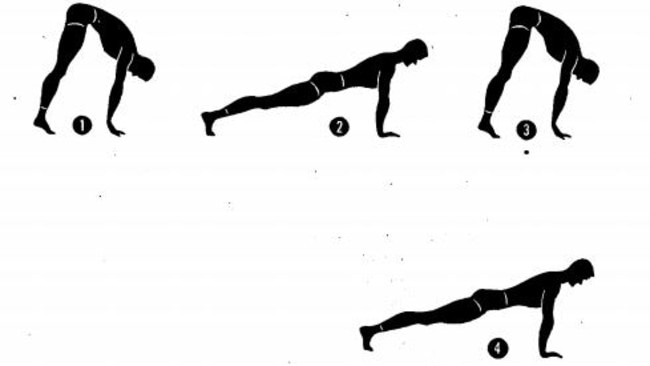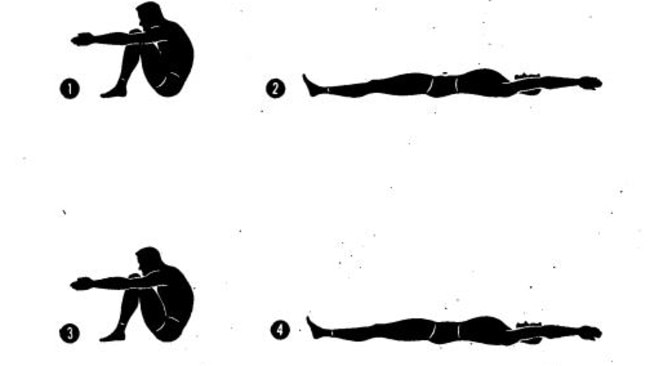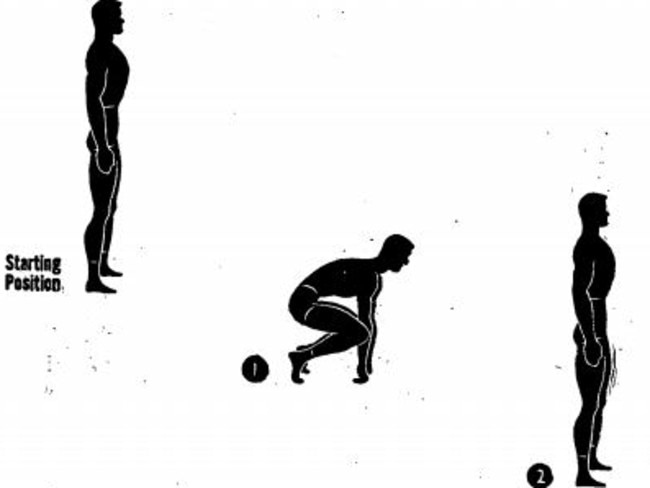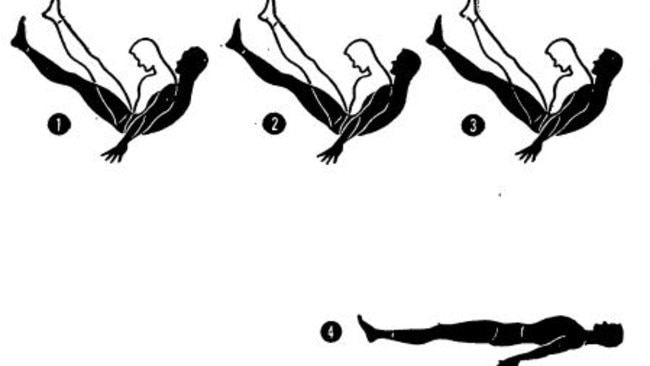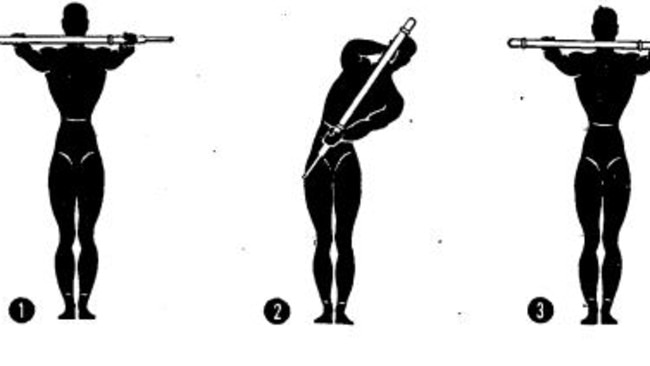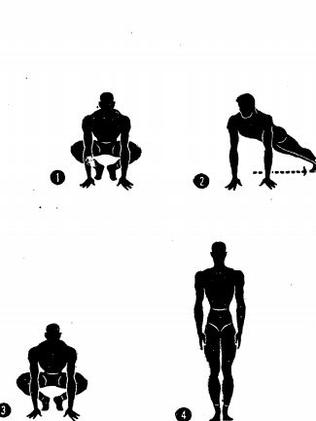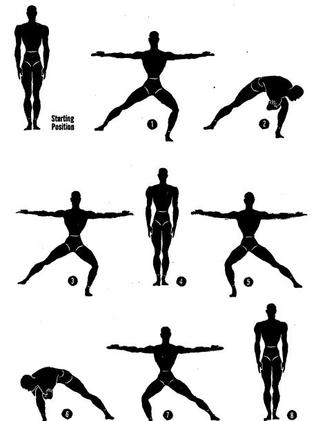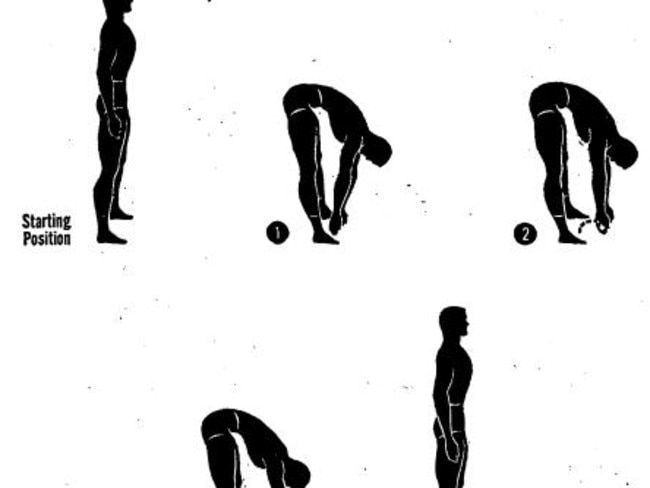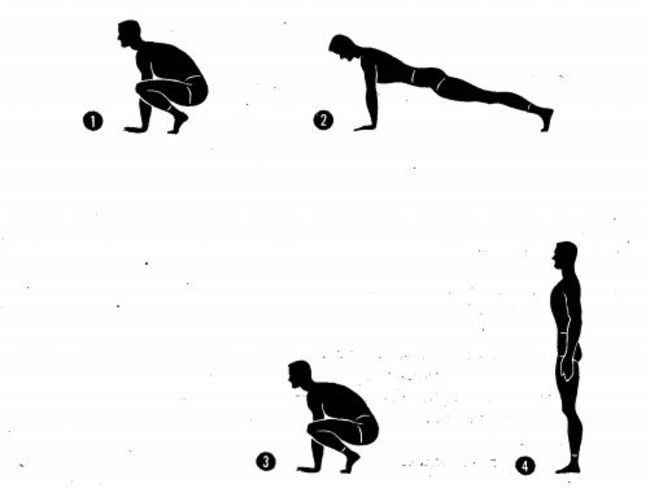Work out like a soldier: Old-school fitness tricks from World War II
WHEN ordinary citizens were called up to fight in World War II, most needed a complete physical overhaul. This is how they managed it.
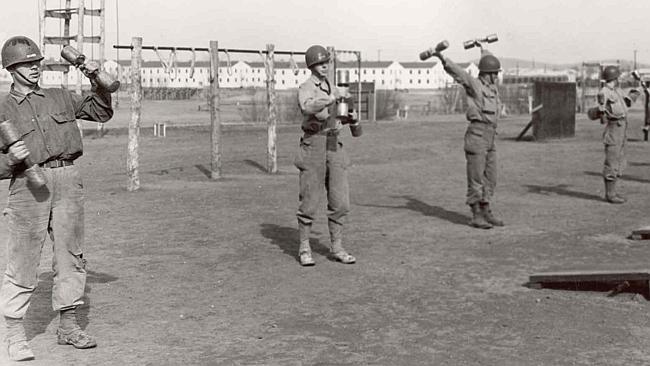
WHEN ordinary citizens were called up to fight in World War II, most needed a complete physical overhaul.
A US army fitness manual from 1946 known as FM 21-20 reveals the toughness and precision of their training regimes, honed by military leaders and health experts of the time.
Fascinating images of the soldiers working out show just how those sergeants kicked their men into shape in record time.
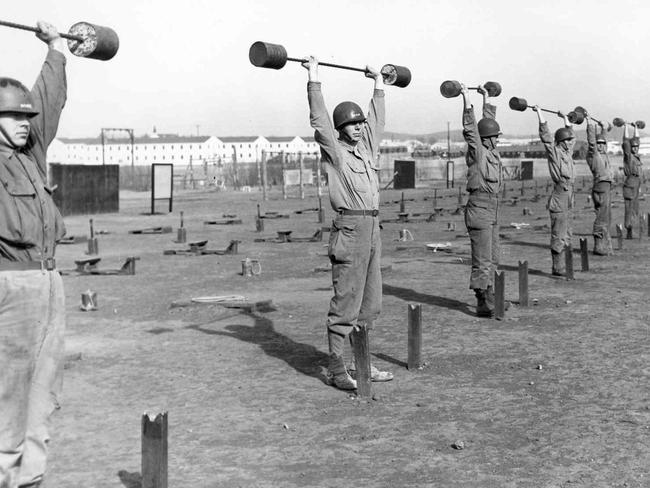
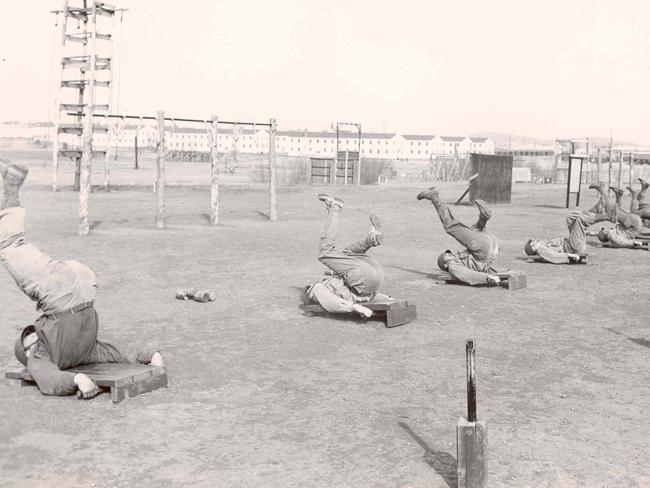
The manual is based around the idea of “total fitness”, which focuses not only on the physical, but also on trainees’ technical, mental and emotional health.
Fitness expert Blake Worrall-Thompson told news.com.au that we can learn a lot from this attitude.
“Most of us are in very comfortable environments and we don’t challenges ourselves mentally and emotionally,” he says.
“We keep doing 5km runs for six months and we wonder why we’re not getting anywhere. Personal trainers and those that know their fitness will constantly be looking for ways to challenge their body.”
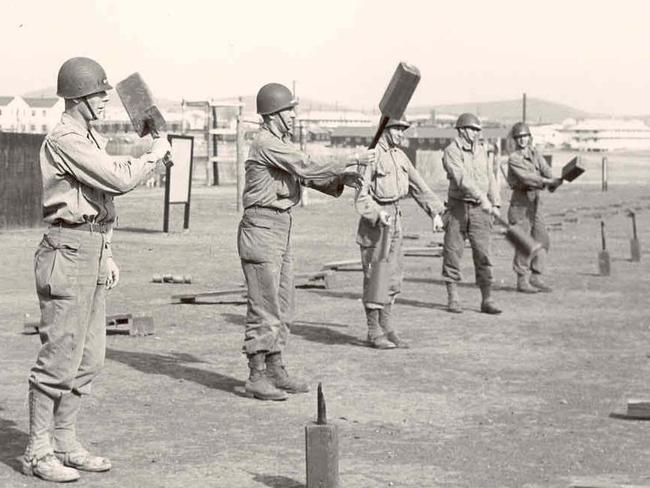
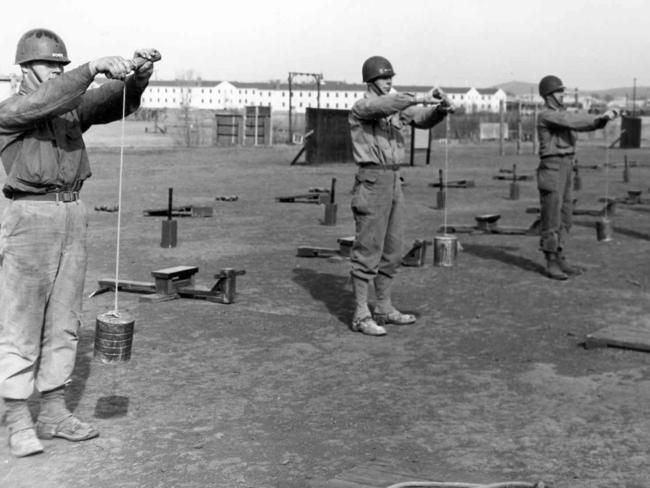
The manual lays out a clear plan for health and fitness development, which is vital for any regimen. In the soldiers’ case, trainees were expected to spend 10 to 15 weeks building and conditioning their bodies.
The pamphlet puts emphasis on what today’s trainers call “progressive overload” — increasing the demands on the body in order to keep making gains in muscle size, strength and endurance.
This involves a steady increase in reps, speed, weight and time spent on exercises.
Many of the exercises look surprisingly familiar, proving they’ve stood the test of time.
Almost 70 years later, trainers still adore squat jumps, dead lifts, bicep curls, sit-ups, planks and rowing, admittedly with more modern equipment.
But fancy gyms can’t replace a well thought-out training plan.
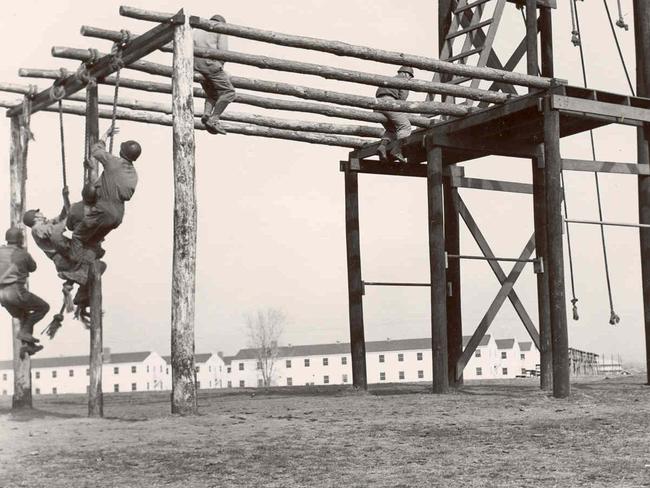
There are a few suggestions that have fallen out of favour, however, such as the “grip and twist” movement, which Blake says is great for the forearms.
“The other cool things is the mobility exercises, which people leave out,” he adds. “We do a lot more sitting today, and these exercises can reduce pain and injury, and give our muscles more mobility.”
These include the bear walk, walking on all fours, squat benders and leg thrusts, and would have been great for stiff soldiers carrying heavy backpacks.
In wartime, being in peak condition was crucial, and people pushed themselves to their limits.
This is where we find out that we can all be soldiers.
